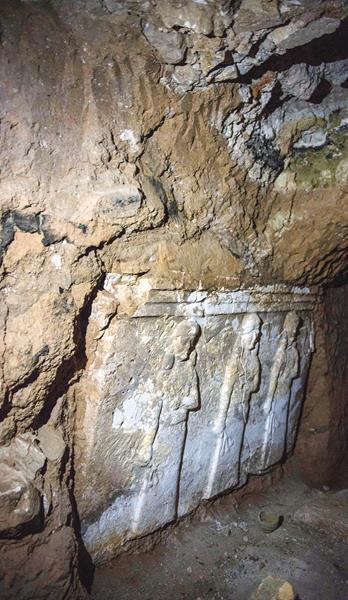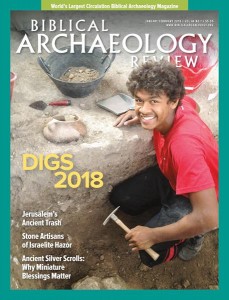Strata: Jonah’s Destroyed Tomb Reveals an Archaeological Secret

Reporting the loss of world cultural heritage in the hands of religious extremists has become a sad part of daily news. Shortly after the city of Mosul in modern-day northern Iraq was taken by ISIS in 2014, the terror group broadcast their destruction of one of the area’s most holy sites, the Tomb of Jonah mosque situated on Tell Nabi Yunus. Venerated by local Christians and Muslims alike, the alleged resting place of the Biblical prophet (known in Arabic as “Nabi Yunus”) was blown up precisely because of its status as a shrine.
Last January, the eastern part of Mosul—located across the Tigris River from the ancient Assyrian city of Nineveh, where the prophet Jonah ministered—was liberated. This allowed antiquities experts to assess the monuments and historical sites there. When they inspected the Jonah mosque (now reduced to a ruin), experts made an unexpected find. Crawling through a labyrinth of narrow tunnels dug in the mound by ISIS, they discovered archaeological remains of what appears to be a palace.
This palace comes from the seventh century B.C.E., a period when the Assyrian Empire dominated the Near East, including the kingdoms of Israel and Judah. Archaeologists were aware of the existence of a palace in the area, but they had never conducted proper excavations under the mosque. Paradoxically, the campaign of destruction of religious and archaeological sites has now revealed the ancient palace, which was constructed by the Assyrian king Sennacherib (reigned 705–681 B.C.E.) in c. 690, expanded by his son Esarhaddon (r. 681–669), and renovated under Assurbanipal (r. 669–627).
Already a library member? Log in here.
Institution user? Log in with your IP address.

